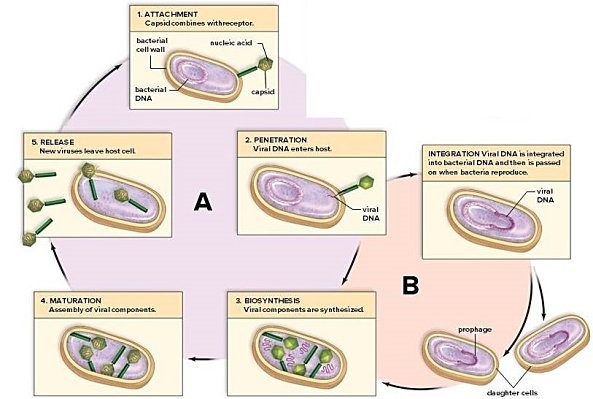Explain how temperature and pH levels can influence microbial infections in the human body
What will be an ideal response?
All microbes have particular ranges of temperature and pH within which they thrive. When the temperature or pH of their environment falls outside this range, their growth is inhibited, and they may even die as a result of the adverse conditions. Therefore, only those microbes whose pH and temperature requirements match those conditions found in the human body will be able to grow and reproduce there. For example, because the temperature of the human body is 37°C, only mesophiles can reproduce there. In addition, the pH of most tissues and fluids in the body is 6.5-7.5, which matches the pH requirements of neutrophiles. Therefore, it is not surprising that most human pathogens are mesophiles and neutrophiles. However, this is not always the case. Some microbes have adapted to environments that would otherwise be extremely hostile to most microbes. A good example is the bacterium Helicobacter pylori, which is able to live in the extremely acidic conditions of the stomach by secreting substances that help to neutralize the acid. The result is an infection that can lead to stomach ulcers.
You might also like to view...
Four of the five answers listed below are
related by their participation in water movement through plants. Select the EXCEPTION.
a. hydrogen bonds b. transpiration c. cohesion-tension d. tension in xylem e. photosynthesis
Study the life cycle diagram. Label B is the ________ life cycle.
A. lysogenic B. lytic C. sexual D. alternation of generations
Which one of the following does NOT belong with the others?
A) bacitracin B) cephalosporin C) monobactam D) penicillin E) streptomycin
The use of a physical or chemical process to destroy vegetative pathogens on inanimate objects is
A. disinfection. B. antisepsis. C. degermation. D. sterilization. E. sanitization.